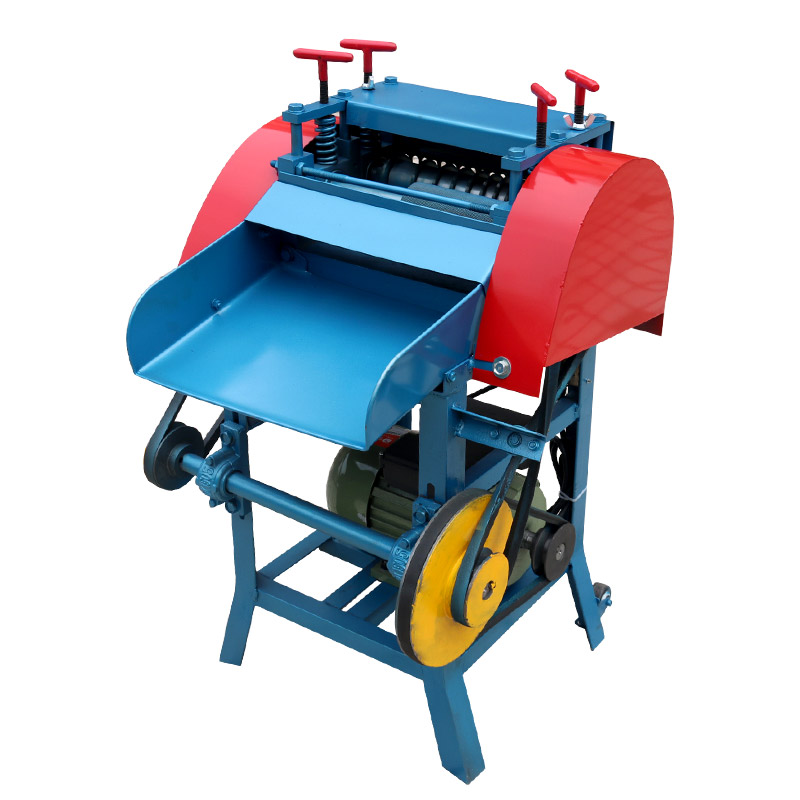

Қар . 11, 2024 23:46 Back to list
Understanding Aluminium Eddy Current
Eddy currents are loops of electrical current that are induced within conductors by a changing magnetic field due to Faraday’s law of electromagnetic induction. When it comes to materials such as aluminium, eddy currents play a crucial role, particularly in applications involving electromagnetic induction, such as induction heating, non-destructive testing, and electromagnetic braking.
Aluminium, a non-ferrous metal, stands out due to its lightweight, corrosion-resistant properties, and excellent conductivity. However, its relatively low electrical conductivity compared to metals like copper means that the behavior of eddy currents in aluminium differs significantly. The percentage of aluminium used in various applications often correlates with the efficiency and effectiveness of eddy currents.
The Physics Behind Eddy Currents
When an alternating current (AC) passes through a coil of wire, it generates a magnetic field that changes direction as the current alternates. If an electrically conductive material, like aluminium, is placed in this varying magnetic field, it experiences changes in magnetic flux. According to Faraday's law, these changes induce currents in the conductive material. The currents essentially flow in closed loops, perpendicular to the magnetic field, and are referred to as eddy currents.
These currents can result in various effects, including heating due to the resistance of the conductive material. In aluminium, the induced eddy currents can cause localized heating, which is beneficial in applications such as induction heating for metal processing, where the heat generated can facilitate processes like forging or welding.
Applications of Eddy Currents in Aluminium
1. Induction Heating One of the most significant applications of eddy currents in aluminium is in induction heating. The ability to efficiently heat aluminium quickly and evenly using eddy currents makes this method highly desirable in manufacturing processes. Induction heating utilizes high-frequency AC, causing eddy currents to flow in the aluminium, resulting in rapid temperature increases suitable for melting, forging, or welding operations.

2. Non-destructive Testing Eddy current testing (ECT) is a powerful non-destructive testing technique that evaluates the properties of conductive materials, including aluminium. By measuring the response of eddy currents as they flow through a conductive material, operators can detect cracks, corrosion, or other structural integrity issues without damaging the material. It’s commonly used in the aerospace and automotive industries where aluminium components are prevalent.
3. Electromagnetic Braking In systems where aluminium is used in conjunction with other magnetic materials, such as in rail transport, eddy currents are employed for braking. When a conductor moves through a magnetic field, the induced eddy currents generate forces that oppose the motion, providing a braking effect. This system is highly efficient and reduces wear and tear on physical braking components.
Challenges and Considerations
While the benefits of using aluminium and understanding eddy currents are profound, there are challenges associated with its application. The efficiency of eddy current induction heating can be affected by the material’s conductivity and thickness. Thinner sections of aluminium may have a lower magnetic field penetration depth, which can impact the effective heating.
Moreover, the design of equipment that utilizes eddy currents must account for the skin effect—where alternating current tends to travel mainly at the surface of conductors—especially at higher frequencies. Engineers designing such systems need to optimize parameters like frequency, coil design, and material properties to maximize efficiency.
Conclusion
The exploration of aluminium and its interaction with eddy currents unveils a range of applications that harness its properties effectively. From induction heating to non-destructive testing and electromagnetic braking, the significance of aluminium in the realm of electromagnetic induction cannot be understated. As technologies advance, the understanding and application of eddy currents in aluminium will likely continue to evolve, offering new possibilities in various engineering fields and industries. The integration of aluminium into these applications reflects not just its physical properties but also the deeper principles of electromagnetism at play.
Latest news
Troubleshooting Common Eddy Separator Problems
NewsJul.04,2025
The Role of Metal Recycling Plants in Circular Economy
NewsJul.04,2025
The Impact of Recycling Line Pickers on Waste Management Costs
NewsJul.04,2025
Safety Features Every Metal Shredder Should Have
NewsJul.04,2025
How Industrial Shredders Improve Waste Management Systems
NewsJul.04,2025
How Cable Granulators Contribute to Sustainable Recycling
NewsJul.04,2025